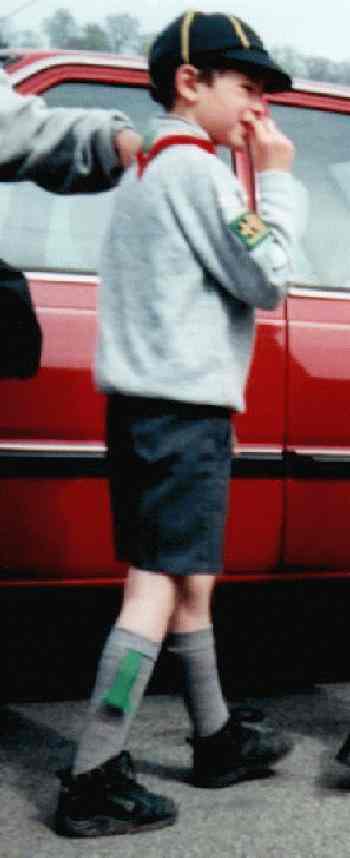
Figure 1.--The Beavers in the late 1980s adopted the traditional Cub peaked cap that many Cub Packs were at the time discarding.


Figure 1.--The Beavers in the late 1980s adopted the traditional Cub peaked cap that many Cub Packs were at the time discarding. |
Baden Powell's choice of the Smokey Bear or Lemmon Sqeezer hat set a style which still serves as a virtual symbol of Scouting around the world. I'm not sure what the inspiration was for the hat. It looks more American and British and was in fact the hat worn by the American Army at the time. It was adopted by most other national Scout associations. It continued to be widely worn in Britain and other countries through the 1940s. The British army adopted the beret in the late 1930s. Scouts were still wearing smokey bear style hats, which weren't that popular and were considered a bit old fashioned and impractical. So the British Scouts copied the army and adopted the beret as part of their uniform. Photos show that in the 1940s and 1950s both styles of headgear were worn in tandem but by the late 1950s the old scout hat was more or less extinct. The peaked cap worn bu Cubs and now Beavers was almost as widly seen as a symbol of Scouting as the old lenon-sqeezer hat.
Baden Powell's choice of the Smokey Bear or Lemmon Sqeezer hat set a style which still serves as a virtual symbol of Scouting around the world. I'm not sure what the inspiration was for the hat. It looks more American and British and was in fact the hat worn by the American Army at the time. It was adopted by most other national Scout associations. It continued to be widely worn in Britain and other countries through the 1940s.
The British army adopted the beret in the late 1930s. Scouts were still wearing smokey bear style hats, which weren't that popular and were considered a bit old fashioned and impractical. So the British Scouts copied the army and adopted the beret as part of their uniform. Photos show that in the 1940s and 1950s both styles of headgear were worn in tandem but by the late 1950s the old scout hat was more or less extinct.
The peaked cap worn bu Cubs and now Beavers was almost as widly seen as a symbol of Scouting as the old lenon-sqeezer hat. The green cap with yellow piping was adopted from the peaked caps wirn by virtually any English school boy in the early 20th century. The cap was worn by Cubs from the late 1910s until it was made optional in the late 1980s and disgarded by many packs. One wonders if any other Cub or Scout cap will survive virtuallu unchanged for 70 years. It was adopted for the Beavers in the late 1980s and a destinctive badge added to the front,
Navigate the Historic Boys' Uniform Chronology Pages:
[Return to the Main chronologies page]
[The 1900s]
[The 1910s]
[The 1920s]
[The 1930s]
[The 1940s]
[The 1950s]
[The 1960s]
[The 1970s]
[The 1980s]
[The 1990s]
[The 2000s]
Navigate the Historic Boys' Uniform Web Site:
[Introduction]
[Activities]
[Bibliographies]
[Chronologies]
[Garments]
[Organizations]
[Other]
[Contributions]
[FAQs]
[Boys' Uniform Home]
Navigate the Historic Boys' Uniform Web organization pages:
[Return to the Main English Scout uniform garment page]
[Return to the Main English Scout page]
[Boys' Brigade]
[Camp Fire]
[Hitler Youth]
[National]
[Pioneers]
[Royal Rangers]
[Scout]
